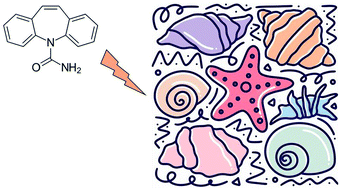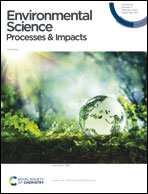Effects of carbamazepine in aquatic biota
Abstract
Carbamazepine (CBZ) is one of the most common pharmaceuticals found in the aquatic environment. Here, we reviewed studies in aquatic animals highlighting that CBZ affected ROS homeostasis but also the neuroendocrine system, cell viability, immunity, reproduction, feeding behavior and growth. Notably, the acetylcholinesterase activity was modified by concentrations of the order of ng L−1 CBZ. At ≥10 μg L−1, data pointed that CBZ triggered the production of ROS, modifying the activity of antioxidant enzymes and produced a significant cellular stress at concentrations ≥100 μg L−1. However, the response appeared species-, organ- and time-dependent, and was impacted by different experimental conditions and the origin of animals. In this context, this review discusses the available data and proposes future research priorities.



 Please wait while we load your content...
Please wait while we load your content...